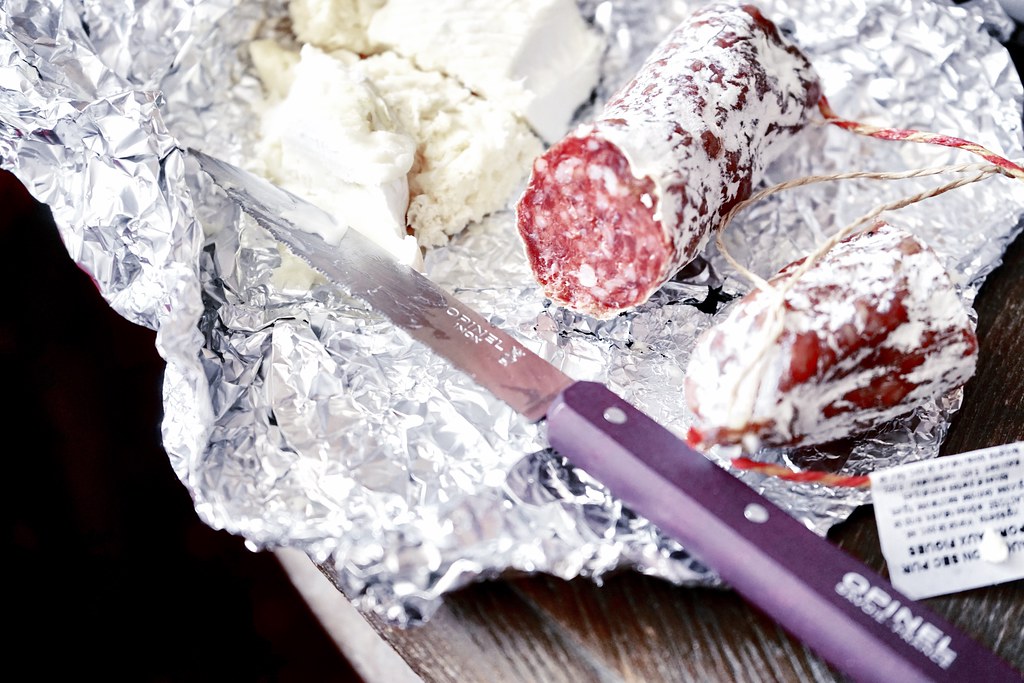
In a hypothetical word association game, I predict that food, the Eiffel Tower and the Mona Lisa would all get a mention long before Lascaux. The cave at Montignac seems French only insofar as a specimen of moon rock appears to be American.
Today I was reading about the heritage industry and wondering just who might be the heirs to Lascaux. Surely it was once recognisably ‘French’. Indeed it is said to have been a prop in the post-war rebuilding of the nation. See Douglas Smith (2004) on the New Primitivism of the 1940s and the 1950s and the reconciliations of Lascaux, modern art and tradition.
But now, sealed off, and replicated several times, the 17,000 year old cavern resides on a UNESCO list of Sites of Outstanding Universal Value. It belongs to us all, in theory. But this ‘world heritage’ status is ironic given that only a handful of scientists see Lascaux first hand.
If we are heirs to the world’s first art, we have to put up with the idea that it is held in trust for us in perpetuity. Easier to inherit the intangible pleasures of French gastronomy, be you French or not, than the mysterious paintings of Lascaux, so hard to domesticate.
No Comments